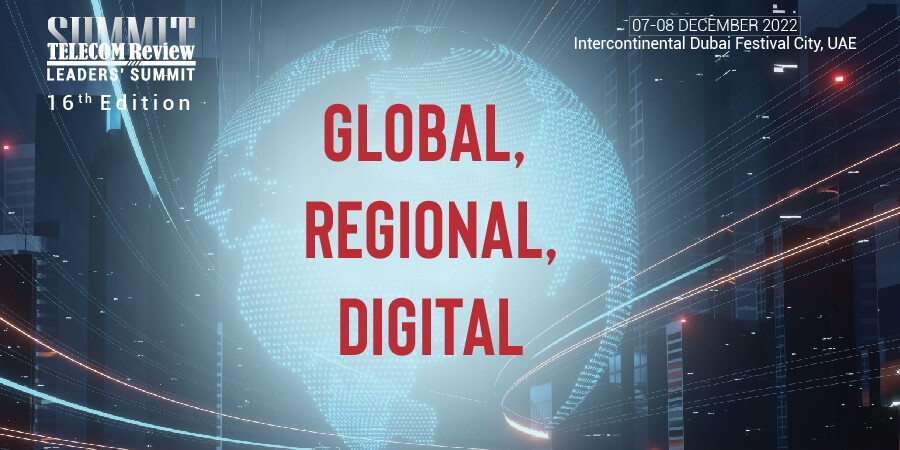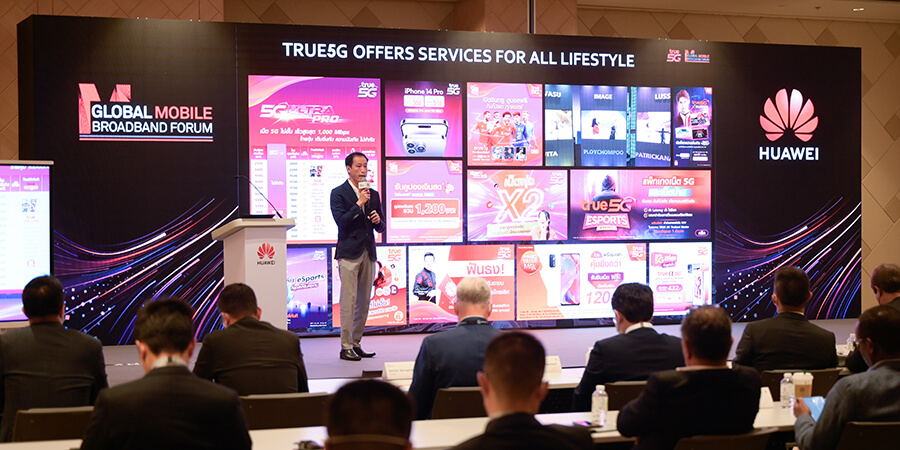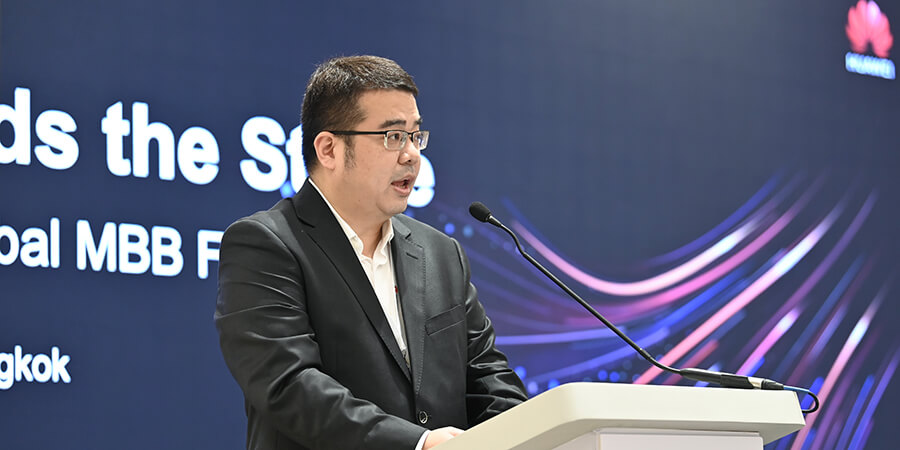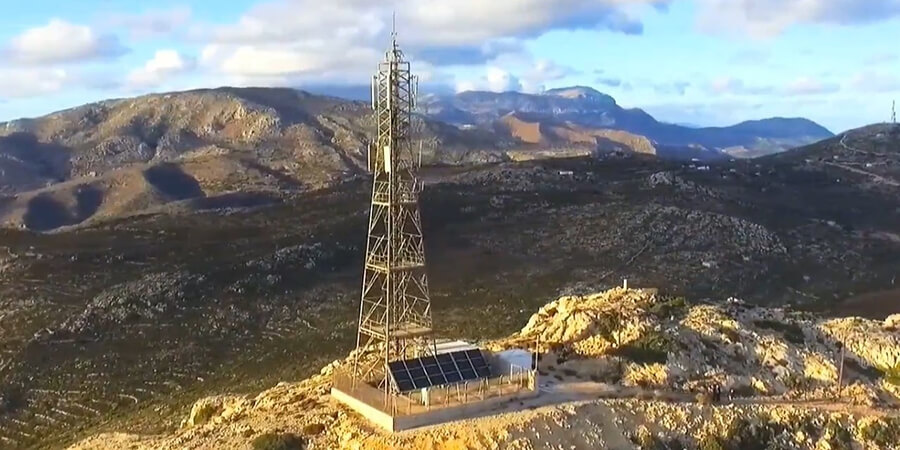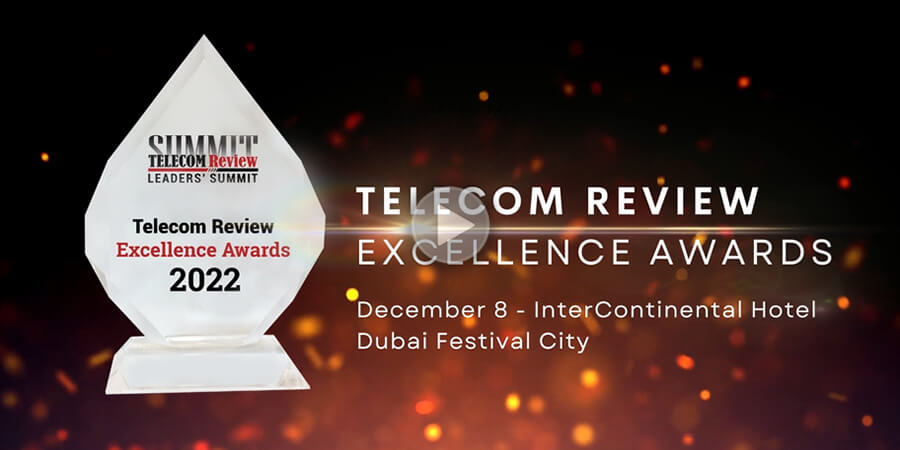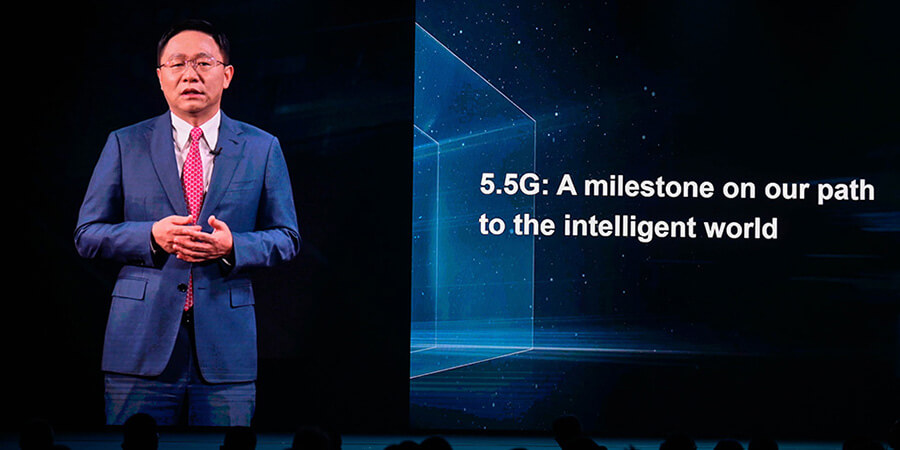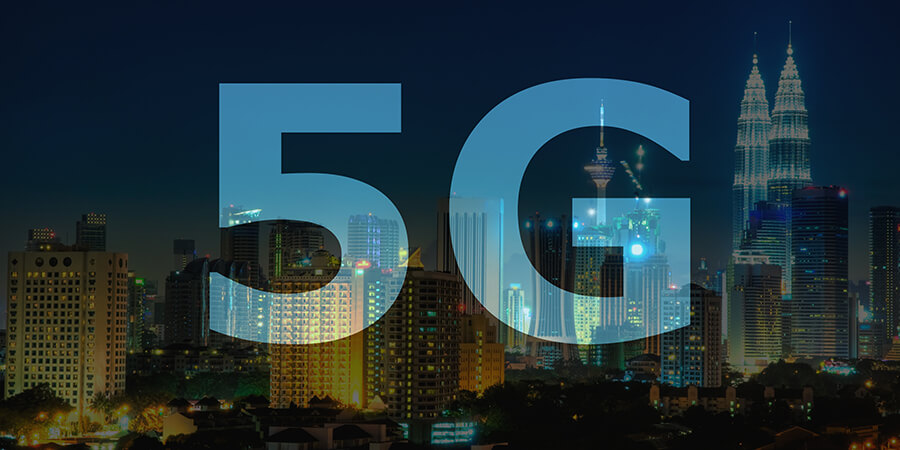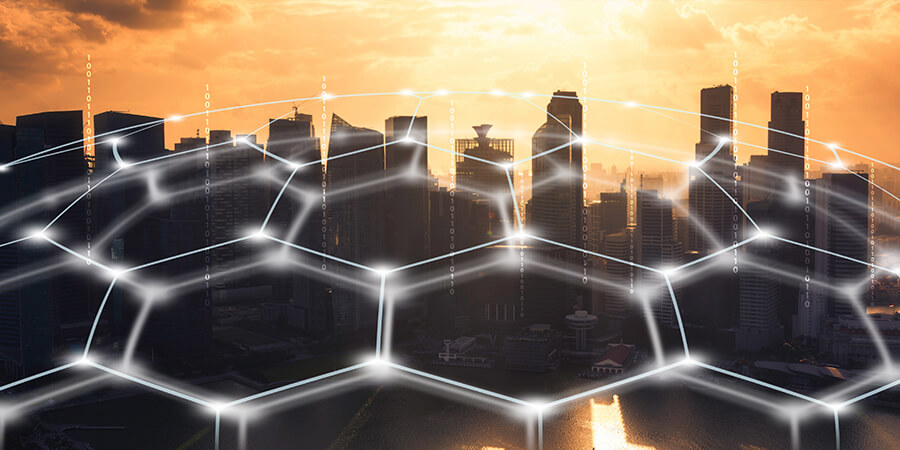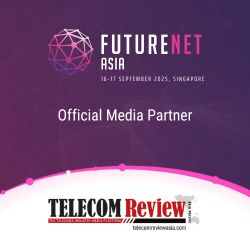The opening blog from Ericsson’s Data Driven Transformation series in partnership with FutureNet World.
Featured Articles
Larger Edition, More Exposure, New Opportunities
Expired“Global, Regional, Digital” is the theme of the 16th Telecom Review Leaders’ Summit, and it is indeed all of these and more. This edition of our global summit will be the largest ever, with high-level international and regional participation gathered in a digital atmosphere.
True 5G a Key Engine for Industrial Transformation
ExpiredIntelligent connectivity powered by 5G is a key pillar for advancing industries in a modernized digital economy. True Corporation, a communication conglomerate in Thailand, leverages 5G as an enabler for digital transformation that can best deliver value to both the public and private sectors, as the country navigates its ongoing digital evolution to better lead in the digital economy.
The Green Revolution: How Huawei Helps Industry Partners Cut Down on Energy Consumption
ExpiredThe relentless development of 5G technology has also made technology providers rethink their carbon emission strategies.
Green Goals: How Telco Operators Are Moving Ahead With Their Energy Consumption Initiatives
ExpiredCarbon emissions from some digital companies assessed by the International Telecommunication Union (ITU) were reported to have increased to 239 million tons in 2020, or equivalent to 0.75% of the emissions worldwide.
Nominate Your Brand NOW for the Industry’s Most Prestigious Award
ExpiredThe Telecom Review Excellence Awards give industry leaders a chance to celebrate the things they do well, and acknowledge when it all comes together.
Building A Better Intelligent World With 5.5G
ExpiredUbiquitous 10 Gbit/s experiences, the number of connected IoT devices reaching hundreds of billions, energy efficiency, and everything around will become intelligently connected, including wearables, intelligent vehicles and robots —these are what will be shaping the 5.5G era.
Malaysia’s 5G Journey Back on Track for Wider Coverage
ExpiredFour Malaysia mobile operators, namely Celcom, Digi, YTL and TM, have finally sealed agreements to take up 65% of the government-owned 5G agency, Digital Nasional Berhad (DNB), to roll out the country’s 5G services.
Rebuilding the Future: A Glimpse of How Some ‘Smart Cities’ Will Look in Asia
ExpiredImagine a one-stop platform to access all government services – from birth records and tax transactions to updating information on one’s mortgage loans and healthcare benefits; a surveillance system to help emergency operators foresee the need to deploy rescue teams to different locations; or robots that can help recovering stroke patients exercise and remind those with early-stage dementia to take their medication.
DishHome Is Leading the Future of Nepal’s ICT
ExpiredThe lockdowns during the height of the COVID-19 pandemic have changed the way people work, live, communicate and run businesses, making more people across the globe rely more heavily on the internet and prompting a growing demand for more operating efficiency.



